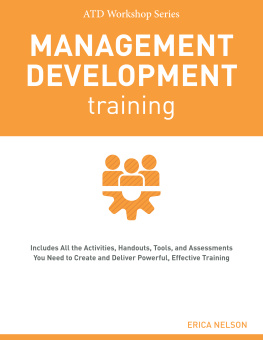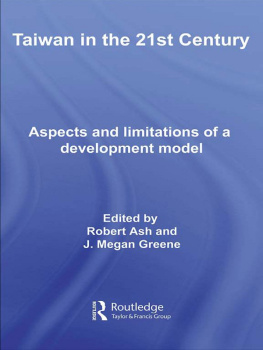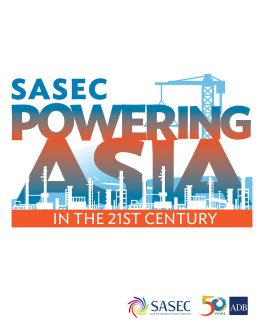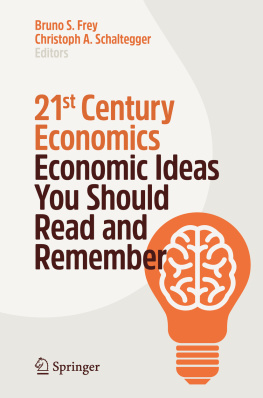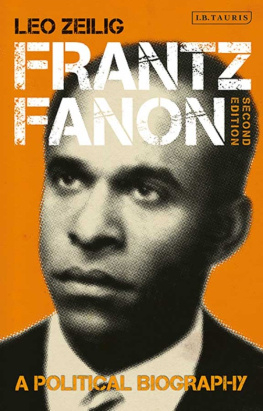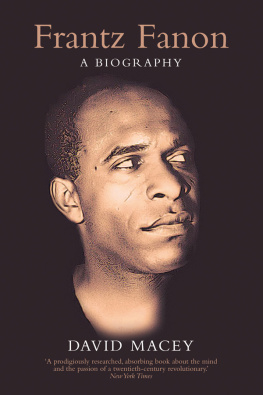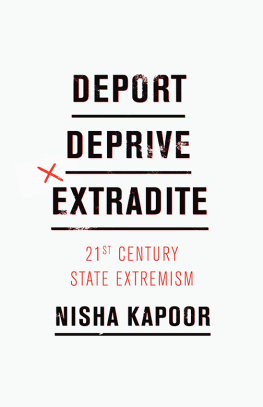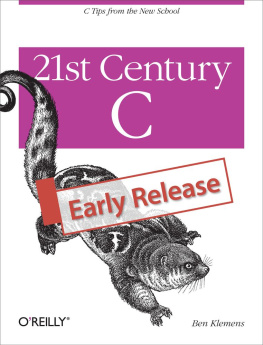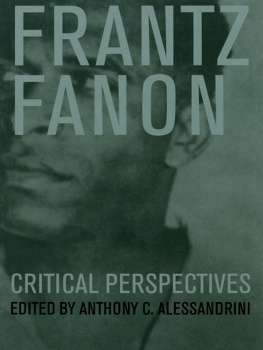Development and the State in the 21st Century
Development and the State in the 21st Century
Tackling the Challenges Facing the Developing World
Natasha Ezrow
Erica Frantz
Andrea Kendall-Taylor
Natasha Ezrow, Erica Frantz and Andrea Kendall-Taylor 2016
All rights reserved. No reproduction, copy or transmission of this publication may be made without written permission.
No portion of this publication may be reproduced, copied or transmitted save with written permission or in accordance with the provisions of the Copyright, Designs and Patents Act 1988, or under the terms of any licence permitting limited copying issued by the Copyright Licensing Agency, Saffron House, 610 Kirby Street, London EC1N 8TS.
Any person who does any unauthorized act in relation to this publication may be liable to criminal prosecution and civil claims for damages.
The authors have asserted their rights to be identified as the authors of this work in accordance with the Copyright, Designs and Patents Act 1988.
First published 2016 by
PALGRAVE
Palgrave in the UK is an imprint of Macmillan Publishers Limited, registered in England, company number 785998, of 4 Crinan Street, London, N1 9XW.
Palgrave Macmillan in the US is a division of St Martins Press LLC, 175 Fifth Avenue, New York, NY 10010.
Palgrave is a global imprint of the above companies and is represented throughout the world.
Palgrave and Macmillan are registered trademarks in the United States, the United Kingdom, Europe and other countries.
ISBN 9781137407122 hardback
ISBN 9781137407115 paperback
This book is printed on paper suitable for recycling and made from fully managed and sustained forest sources. Logging, pulping and manufacturing processes are expected to conform to the environmental regulations of the country of origin.
A catalogue record for this book is available from the British Library.
A catalog record for this book is available from the Library of Congress.
List of Boxes and Tables
Boxes
Tables
Acknowledgements
This book was inspired by my students in the Government Department at the University of Essex. After many years of teaching classes in Development Studies, I found students constantly asking me when, if ever, countries would drive themselves out of poverty. In other words, with so many readings about poverty and despair, were there any success stories? Though this book focuses much attention on the challenges that face the developing world, the aim is to provide hope for what states can do to overcome these challenges.
I would also like to thank our editor Stephen Wenham (and the team from Palgrave) for being so patient while various drafts and proposals were being worked on and for providing us with clear guidance to help us improve upon the earlier versions.
This book would not have been possible without the help of Erica and Andrea who worked so hard to organize all of the research and make it clear and readable. Both are exceptional in how quick and easy they are to work with, all the while managing full-time jobs and five children between them. I would also like to thank my parents, Jeff and Yvette, for their constant support and enthusiasm. I would finally like to thank my two daughters, Annika and Karolina, for being adorable.
NATASHA EZROW
Part I
Understanding Development
Chapter 1
Setting the Stage: What Is Development?
Why are some countries richer than others? What explains disparities in the quality of life both across countries and within them? How can countries create conditions conducive to economic growth? These are the enduring questions that scholars and policymakers in the field of international development seek to address and answer. Although the development community has made enormous strides in addressing important issues like poverty and inequality, there are a number of challenges that lie ahead.
Lets start with some good news. According to the World Bank (2013b), the percentage of people in the developing world living on less than $1.25 per day has decreased considerably in the past 30 years (from 50% in 1981 to 21% in 2010). Remarkable success stories in states like China, India and Brazil, all of whom have made great strides in growing their economies and reducing the number of their citizens living in poverty in the past few decades, highlight the advances the development community has made. In 1981, the percentage of the population living on less than $1.25 per day was 84% in China, 60% in India and 17% in Brazil. By 2005, these numbers declined to 16% in China, 42% in India and only 8% in Brazil (The Economist, 2009). These are considerable transformations.
Yet, significant challenges for the development community remain. The absolute number of the worlds people who live in poverty is still all too high. According to the World Bank (2013b), there are 1.22 billion people who live on less than $1.25 per day, a third of whom live in Sub-Saharan Africa (unless otherwise noted, from here on we will refer to Sub-Saharan Africa as Africa). And for many of the worlds poor, their quality of life continues to deteriorate. The endless cycles of political instability, outbreaks of disease and episodes of famine that plague this part of the world continue to prevent reforms that would enable growth to take root (Collier, 2008).
Take the Democratic Republic of Congo (DRC). According to the World Bank (2013a), the DRC has the potential to be one of the wealthiest states in the African continent due to the abundance of agricultural and mineral resources there. Yet, it has been plagued by an endless cycle of conflicts since the 1990s. There are now over two million displaced persons and refugees inside the DRCs borders, and humanitarian emergencies in various parts of the country have become the norm. Its institutions are weak, damaged by the violence and instability, and the standard of living experienced by citizens is among the lowest in Africa, if not the world. In sum, the problems in the DRC are many and there appears to be no end to them in sight.
As the case of the DRC underscores, addressing the worlds development needs is no easy task. In this book we seek to shed light on many of the critical issues in the field today and to draw attention to the key challenges that lie ahead. But in order to fully understand why todays development landscape looks the way it does and to better prepare the fields future leaders to confront tomorrows challenges, we also seek to take stock of where the development community has been in the past. By analysing the evolution of key development theories, and highlighting the many factors that scholars have found to affect development outcomes, we hope to provide a solid foundation on which future practitioners can build.
What is the developing world?
The central goal of the field of development is to improve the quality of life for more of the worlds population. Though there is consensus on this point, there is disagreement on most other issues in the field. For one, observers disagree about the set of states that should be the subject of inquiry. Few argue that the United States, Canada, Western Europe, Australia, New Zealand and Japan need development assistance, but from there things get quite contentious. Should states like Qatar, where citizens are often wealthy but lack many basic political rights and liberties, be included in the sample? Should states like Cuba be included, whose citizens, though poor, have better access to a variety of public goods, like education and health care? These are not easy questions and the answers often depend on the specific goals one seeks to achieve.



